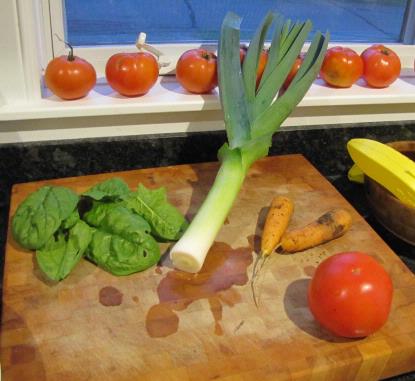A colleague at work spent part of a beautiful afternoon last week helping his 12 year old grand-niece find 30 tree leaves from an assigned list. The project, at least as I saw it, had no particular pedagogic purpose; though they did take a lovely walk. Some of the trees on the list seemed a tall order (that’s not a pun). American elm and American chestnut can be found as juveniles, and rarely as mature trees, but it seems a lot to ask of a sixth grader. Mimosa trees are weeds in the south, but they don’t even grow up here. I’m not meaning to berate this overworked underpaid teacher in any way. The assignment led me to pause and think about what I assign my students and what kind of project I’d want to see the indigent boarders do.
Many people probably can’t identify the fifteen trees closest to their houses. It seems like that would be a worthwhile project. The student would have to look at his or her neighborhood and the trees in it — are there lots of different kinds? Are they the same size? Are some dying? Are there nests or bird houses in them? One could really learn a lot about the soil and age of your neighborhood by looking at the trees.
This puts me in mind of a project for myself: I could hang some tags on the trees in my neighborhood to spread the botany bug. It would be a bit like guerilla gardening or those terroristic knitter bombers. I’d identify trees with little aluminum tags.
I’m reminded of what happens each spring as people stop by my garden and ask me about the plants they seem me playing with. To be sure, young onion plants look a lot like leeks, just as broccoli and cabbage are similar, but I’d wager that most people really don’t know what the plants that produce our vegetables and fruits look like. The situation is even rougher for one of my most beloved plants which I’m afraid just doesn’t get used enough: the leek.
We’re in leek prime time. Beyond a little weeding I pretty much ignore them all summer. I transplant them around the same time I do onions, they just grow slowly. If I had a bit more of a work ethic, I’d mound some soil up around the base of each plant to blanch them more, but why bother they’re delicious as is.

Around this household, leeks are a secret vegetable, much like butternut squash. I use lots of both, but the boarders can’t know. The boss and I throw squash into all sorts of foods. Last night I made “tomato” sauce but added a leek and a butternut. After a little immersion blender magic, the under nine set was none the wiser.
The boss and I can enjoy our leeks even if we can’t see them.
Speaking of seeing leeks, the leek is one of the national symbols of Wales (the other is a red dragon, really wtf Wales?). According to legend a Welsh army once wore leeks on their helmets before battling the Saxons. The general thought the leaks would make them easy to recognize. They didn’t take over the world you’ll notice.


